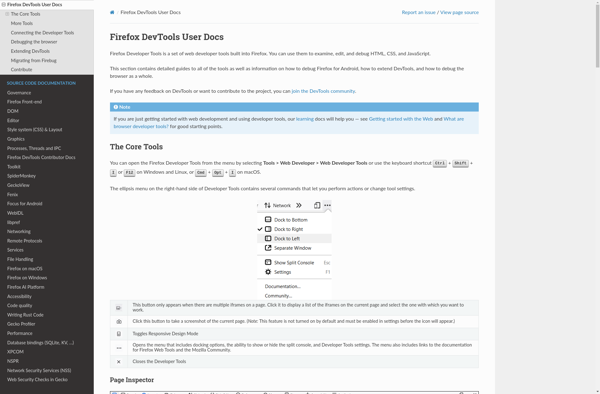Graphical HTTP Client
A graphical HTTP client is a software application with a graphical user interface that allows users to manually create, send, and analyze HTTP requests. It provides an intuitive way to test APIs and web applications without needing to write code.
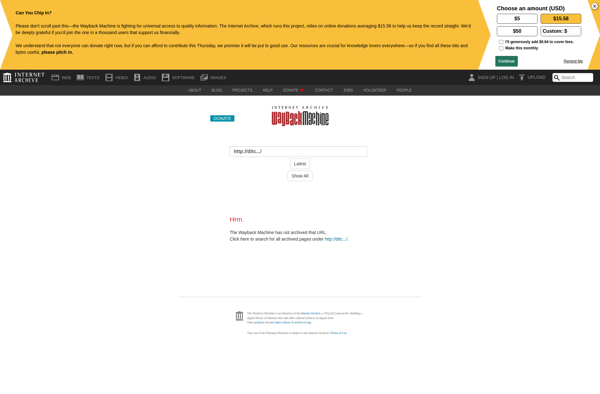
Graphical HTTP Client: Test APIs and Web Applications Easily
A graphical HTTP client is a software application with a graphical user interface that allows users to manually create, send, and analyze HTTP requests. It provides an intuitive way to test APIs and web applications without needing to write code.
What is Graphical HTTP Client?
A graphical HTTP client is an application used for testing HTTP/HTTPS resources such as web APIs and web applications. It provides a user interface for constructing HTTP requests and reading HTTP responses.
Key features of a graphical HTTP client include:
- GUI interface for creating requests - Unlike curl or a basic HTTP library, users don't need to manually type out HTTP requests. The tool provides forms and menus for adding headers, cookies, request bodies, etc.
- Preview/editing of requests and responses - Users can view and modify requests before sending them. The tool also formats responses to make them human-readable.
- History and saved requests - Previously sent requests can be viewed and resubmitted to facilitate testing workflows.
- Testing tools like validation - Some clients can validate responses against schemas and provide detailed debugging information.
- Authentication management - Stores authorization tokens or credentials and injects them into requests automatically.
- Export requests to code - Users can export request information to programming languages to automate workflows.
Popular graphical HTTP clients include Postman, Insomnia, Paw, and Hoppscotch. These tools facilitate API testing, prototyping, documentation, and team collaboration.
Graphical HTTP Client Features
Features
- Graphical interface to compose HTTP requests
- Support for common HTTP methods like GET, POST, PUT, DELETE
- Customizable headers, parameters, and body
- SSL/TLS support
- Cookies management
- Syntax highlighting for responses
- Save/load requests for later use
- Authentication support (Basic, Digest, OAuth, etc.)
- Testing and exploration of REST APIs
- Support for proxies
Pricing
- Free
- Freemium
- One-time Purchase
Pros
Intuitive visual interface
No coding required
Great for testing APIs
Feature-rich compared to command-line tools
Good for beginners
Platform-independent
Cons
Can be slower than coding for complex tests
Typically less customizable than coding
Not built for automation/load testing
Limited reporting compared to Postman
Usually lacks collaboration features
Reviews & Ratings
Login to ReviewThe Best Graphical HTTP Client Alternatives
Top Development and Api Testing and other similar apps like Graphical HTTP Client
Here are some alternatives to Graphical HTTP Client:
Suggest an alternative ❐Postman
Postman stands as a comprehensive API development and testing platform, offering a suite of tools to streamline the entire API workflow. Widely used by developers and teams, Postman provides a user-friendly interface that simplifies tasks such as creating, testing, and documenting APIs. One of Postman's key features is its intuitive...
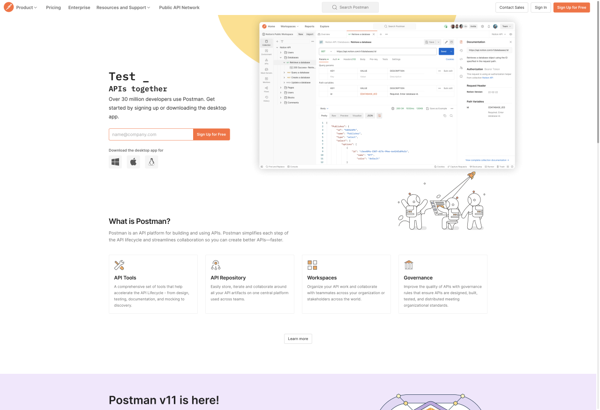
Insomnia REST Client
Insomnia is a robust API testing and development platform designed to streamline the process of creating, testing, and documenting REST APIs. With its user-friendly interface and comprehensive feature set, Insomnia has become a popular choice among developers and teams engaged in API-centric workflows. One of Insomnia's standout features is its...
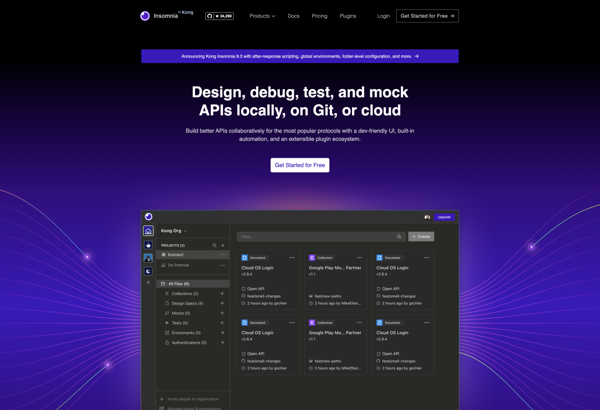
Fiddler
Fiddler is a free web debugging proxy developed by Telerik that logs all HTTP(S) traffic between your computer and the Internet. It sits between your computer and the servers you communicate with acting as a proxy that allows you to intercept, inspect, modify, and debug traffic.Some key features of Fiddler...
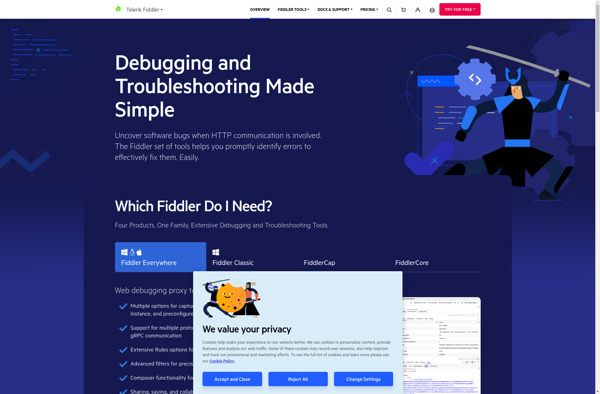
HTTP Toolkit
HTTP Toolkit is an open-source web debugging proxy and HTTP inspection tool for debugging and testing web applications and APIs. It allows developers to intercept, inspect, modify, mock, and replay HTTP requests and responses as they pass between a web browser, application, or other HTTP client and the server.Key features...
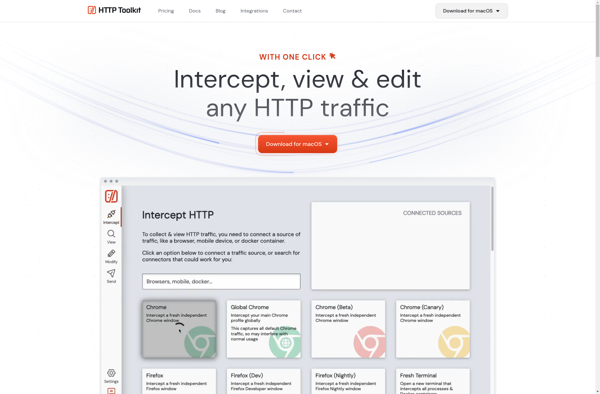
NetworkMiner
NetworkMiner is an open source network forensic analysis tool used to analyze network traffic captures (PCAP files). It can detect operating systems, sessions, hostnames, open ports, passwords and more from network traffic using deep packet inspection techniques.Some of the key features of NetworkMiner include:Detecting operating systems and versions from network...
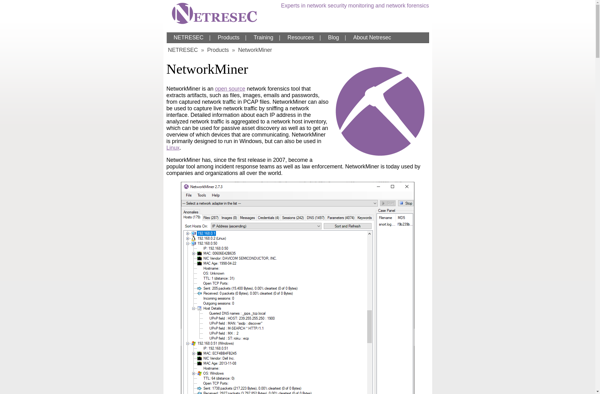
Hoppscotch
Hoppscotch is a free, open-source API development ecosystem that helps developers and teams build, test, and document APIs efficiently. It provides a slick graphical user interface for constructing API requests, viewing responses, generating code snippets, mocking servers, and creating productive documentation.Some key features of Hoppscotch include:Intuitive request builder with support...
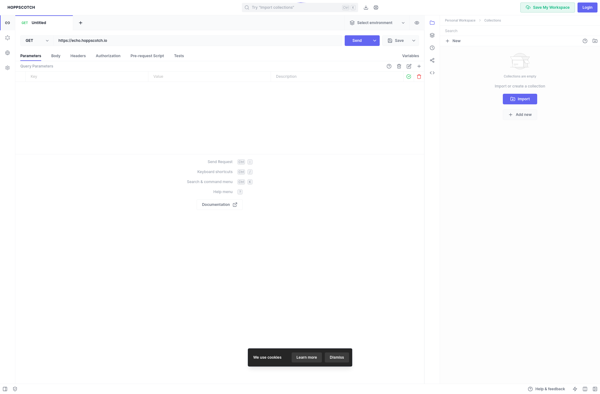
Google Chrome Developer Tools
Google Chrome Developer Tools are a set of web development and debugging tools integrated into the Google Chrome browser. They allow web developers and programmers to manipulate, debug, test and optimize webpages and web applications right within Chrome.Some key features of Chrome DevTools include:Inspecting and editing HTML and CSS on...
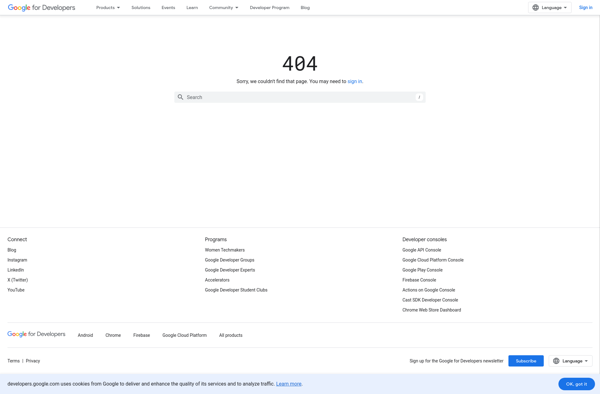
Advanced REST Client
Advanced REST Client is a free, open-source API testing tool for developers. It provides an intuitive interface for making HTTP/REST requests, inspecting server responses, and testing REST and SOAP web services.Key features include:Supports all HTTP methods like GET, POST, PUT, DELETE, etc.Custom headers and basic access authenticationPreview for request body...
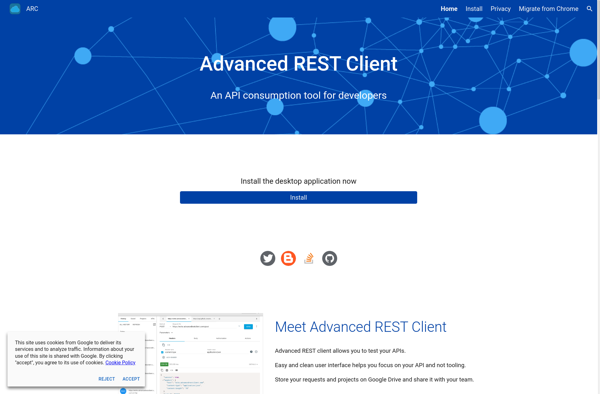
RapidAPI for Mac
RapidAPI for Mac is a powerful API client tool designed specifically for macOS users. It aims to streamline and simplify API integration into development projects by providing a comprehensive API toolbox and workflow manager in one desktop app.Key features of RapidAPI for Mac include:Intuitive API search and discovery - Browse...
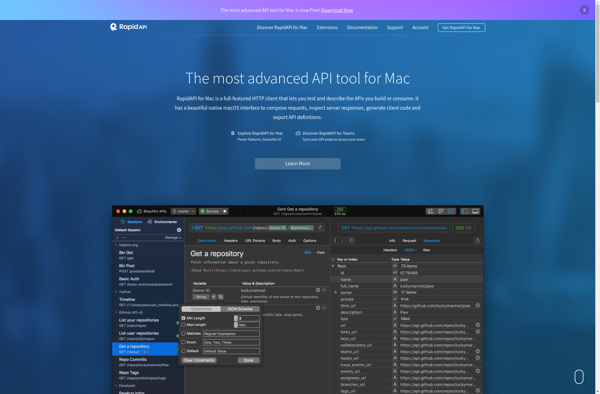
Firefox Developer Tools
Firefox Developer Tools are an integrated development environment for web developers and programmers built into Firefox browser. They provide a number of tools to facilitate debugging, editing, and profiling of web pages and applications.Some key components of Firefox DevTools include:Page Inspector - Allows visual inspection and editing of page content...
